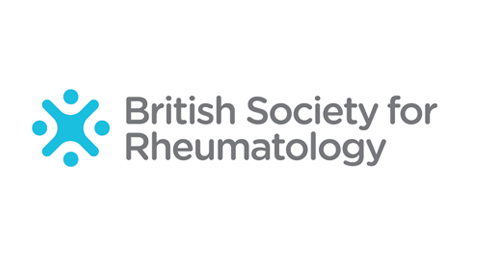 On the 26th May 2017, the British Society for Rheumatology released an important update to their most ‘in demand’ clinical guideline, on the Management of Gout. Gout is the most searched for term on the BSR website and it’s is a particularly painful form of arthritis which is becoming more common, yet continues to be poorly managed.
On the 26th May 2017, the British Society for Rheumatology released an important update to their most ‘in demand’ clinical guideline, on the Management of Gout. Gout is the most searched for term on the BSR website and it’s is a particularly painful form of arthritis which is becoming more common, yet continues to be poorly managed.
This latest Guideline is for all UK doctors and allied health professionals in primary and secondary care who look after and treat patients with the condition. It is an update of previous guidance, created in response to increases in the incidence, prevalence and severity of gout; the availability of new pharmaceutical treatment options; continuing suboptimal management in both primary and secondary care; and better understanding of the barriers to effective care experienced by patients and providers.
The most important change from the previous guideline is the recommendation that “curative” treatment with urate-lowering drugs should be offered to all patients with gout early in the course of their disease rather than waiting for them to develop troublesome, disabling symptoms.
The key recommendations fall into three areas: management of acute attacks; modification of lifestyle and risk factors; optimal use of urate-lowering therapies.
Several recommendations help health professionals help their patients to manage their own condition through information – on managing acute attacks; continuing any established urate-lowering therapy during an attack; the causes and consequences of gout and hyperuricaemia; on healthy lifestyle choices to tackle the risk factors of alcohol consumption and obesity; and the rationale, aims and use of urate-lowering therapy to target urate levels.
Other clinician-focused advice is that all patients with gout should be screened for cardiovascular risk factors and co-morbid conditions such as cigarette smoking, hypertension, diabetes mellitus, dyslipidaemia, obesity and renal disease.
The full guideline contains specific recommendations for management of gout in special groups: patients with renal sufficiency, severe refractory tophaceous gout, and in pregnancy. The guidelines are accredited by the National Institute for Health and Care Excellence (NICE) which recognises robust, evidence-based and critically evaluated high-quality processes applied to developing a clinical guideline.
Commenting on the updated guidance, lead author Dr Edward Roddy, Reader in Rheumatology and Consultant Rheumatologist at Keele University commented:
“The Working Group who created this guideline included experts from primary and secondary care and also patient members. The guideline will be invaluable for UK practitioners in managing the condition and in guiding professionals towards the key advice and information to pass on to their patients. Wide dissemination and implementation of this guideline will have an immediate impact on clinical care in specialist rheumatology as well as general practice. ”
Dr Elizabeth MacPhie, Chair of the Standards, Audit and Guidelines Working Group at the British Society for Rheumatology and Consultant Rheumatologist added:
“Guidelines are massively important. Rheumatologists, general medical consultants and general practitioners will all be interested in this one. Gout is our most ‘in demand’ guideline. This is because gout is common, excruciatingly painful and certainly not confined to the 18th century, as the public might believe.”
Harry L Forrester, retired Cost Accountant of Fole near Uttoxeter has gout and was on the Working Group creating the guideline. He said:
“It took almost 50 years for me to get an effective treatment for a very painful condition. I joined the group so that I could use my experience of gout to help others avoid that same poor experience. Contributing my opinions to the guidelines about the initial and subsequent treatment of gout was of some comfort. Gout should be taken seriously. Despite the cartoons, gout is not funny; ask anyone who has suffered from it.”
The updated guideline was published in the Rheumatology Journal and is available to view, along with a full suite of British Society for Rheumatology guidelines, at www.rheumatology.org.uk/goutguideline.

